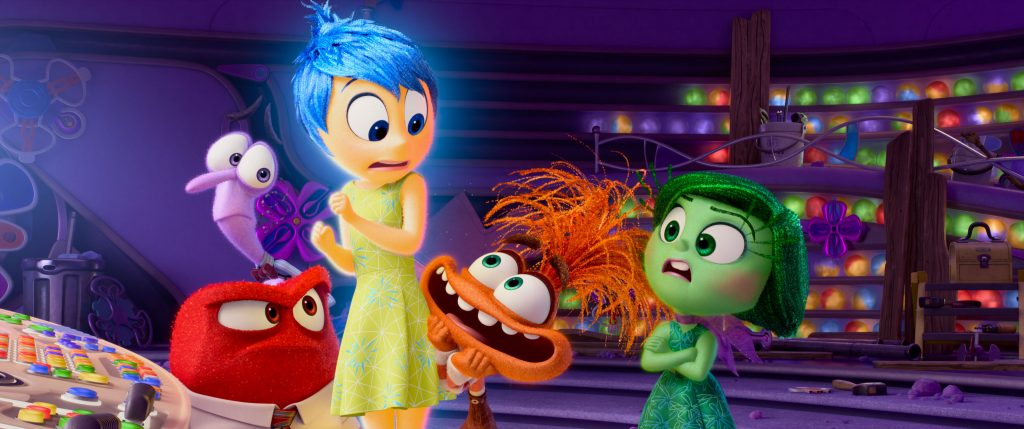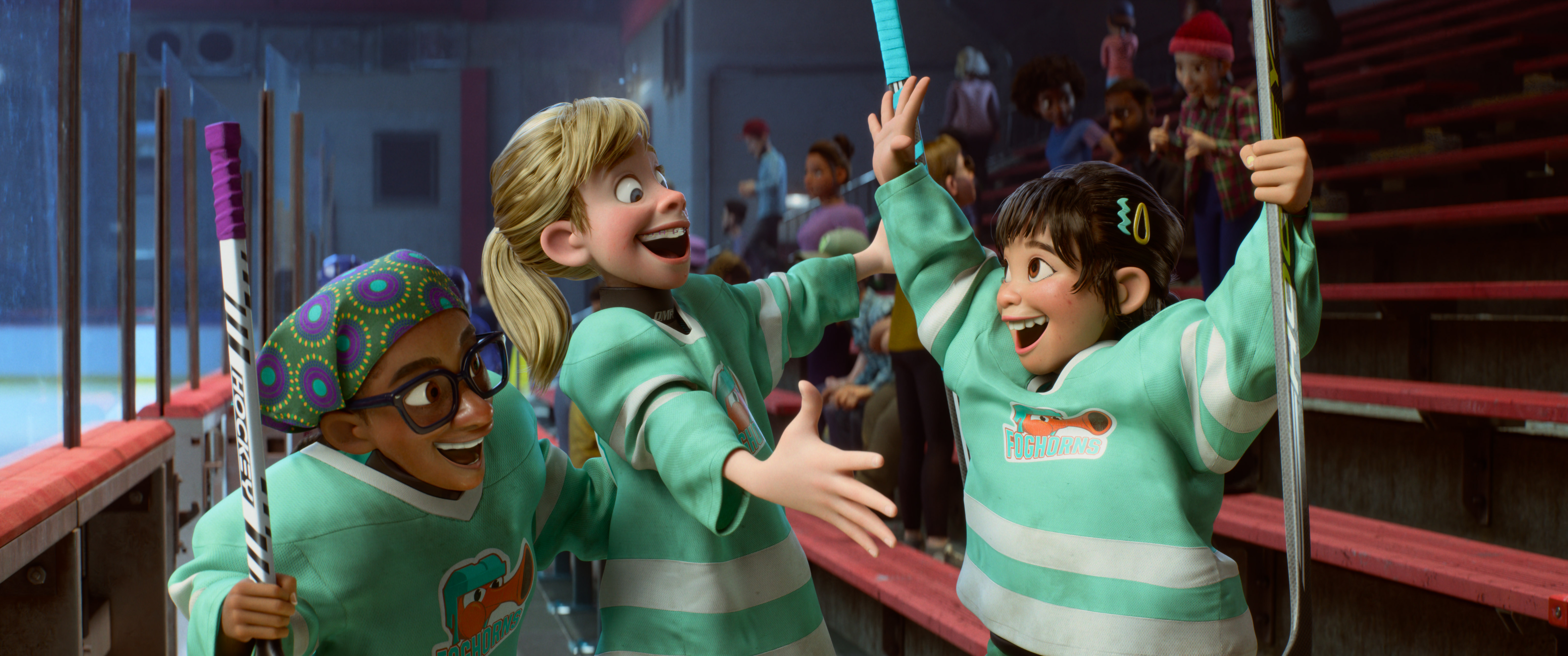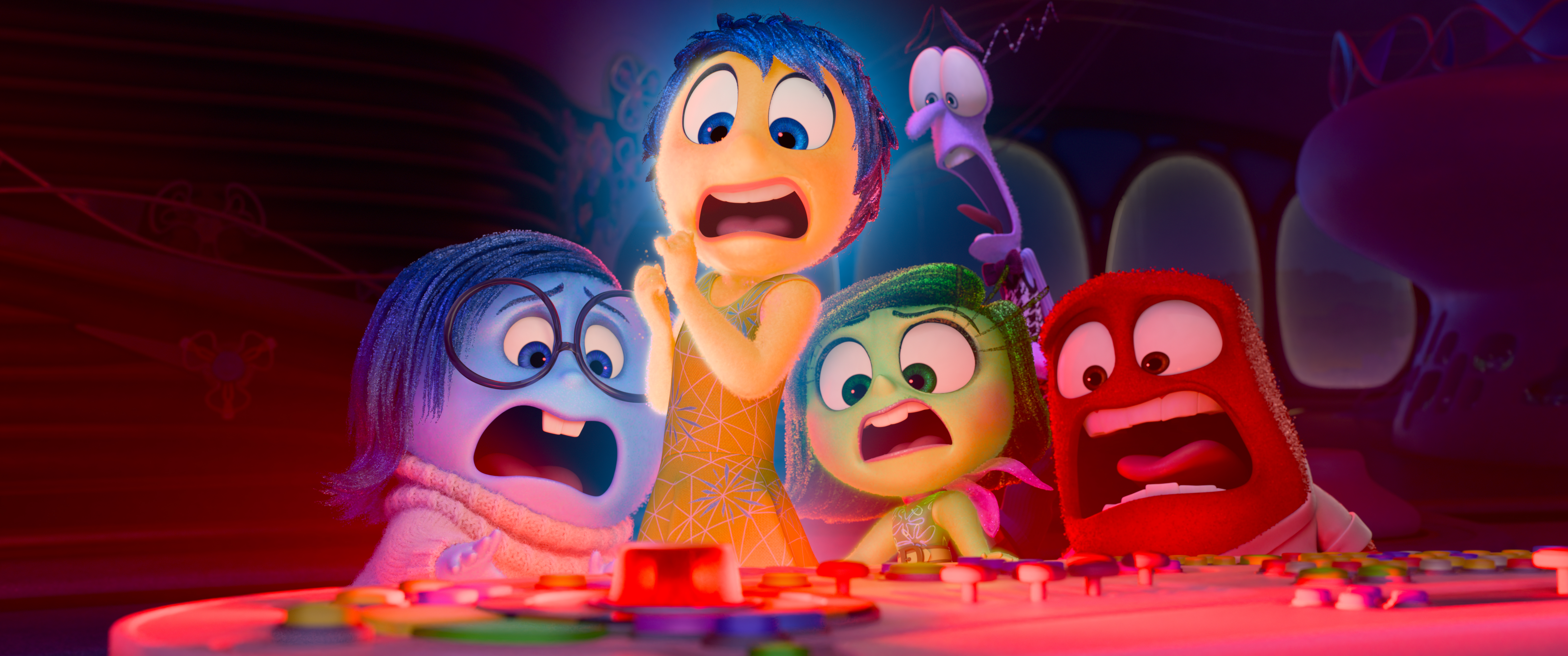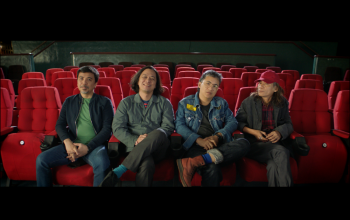Contains minor spoilers.
“Holy sh*t. Is this really for kids?” I thought while watching Anxiety (Maya Hawke in a captivating voiceover performance) spins out of control, forming a chaotic orange whirlpool while desperately ensuring that Riley (Kensington Tallman) will make a good impression at a crucial game at the hockey summer camp. My seatmate at the block screening at Central Square, BGC was already crying while I struggled to breathe because the scene perfectly and sensitively captured what it feels to be anxious.
To be honest, I had low expectations for Inside Out 2. Aside from the Toy Story franchise, the Pixar sequels are just good at best. The sequel’s director Kelsey Mann is a rookie succeeding the iconic Pete Docter. Disney CEO Bob Iger said Pixar will “lean on sequels” rather than produce original stories in the future. Also, Inside Out is my favorite Pixar film of all time.
How can the sequel also succeed in extending the story of Riley without throwing away the essence, lesson, and magic of the first film? In Inside Out 2, Riley just turned 13 and she’s facing what usual 13-year-old girls experience: braces, pimples, and finding out her close friends are transferring to another school. Inside her brain, the emotions gang Joy (Amy Poehler), Sadness (Phyllis Smith), Anger (Lewis Black), Fear (Tony Hale, replacing Bill Hader), and Disgust (Fil-Am Liza Lapira, replacing Mindy Kaling) met their new colleagues who forced themselves into the emotions headquarter. Together with Anxiety are the big, pink, almost mute, grey jacket-wearing, buttcrack-showing Embarrassment (Paul Walter Hauser), the small yet cute cyan Envy (Ayo Edebiri), and the bored indigo Ennui (Adèle Exarchopoulos, a scene-stealer). Riley was struggling with her feelings after learning her friends would go to another school after the summer hockey camp. She also makes her hardest effort to please her idol Val Ortiz (Lilimar), a popular hockey player. Zooming in on her emotions headquarters, Joy’s leadership was challenged by Anxiety. Both of them want one thing: To make Riley happy. But which style of leadership is the best for our girl?


Inside Out 2 fortunately captured Pixar’s magic elements: thrilling adventure, whimsical characters, precise comedic beats, and poignant revelations about life. In the first film, we were reminded that the complexity of emotions is important for our emotional growth. We won’t appreciate joy if we don’t feel sadness. The sequel explores our engagement with our emotions and how they can define us. Or should we let our emotions frame our way of life? Before the puberty alarm rang and caused havoc in the emotions headquarters, Joy constantly throws away all of Riley’s bad experiences to the end of her brain because she wanted her good memories to remind her of good things in life, therefore making her a highly positive person. In the familiar Pixar formula, Joy’s actions will bite right back at her but how? Inside Out 2 showed it to us in a meaningful, important manner.
For those who will look for Bingbong, Riley’s imaginary friend will only make a small cameo or an Easter egg, to be exact, I don’t think there’s also an emotional equivalent to their ultimate sacrifice. The closest we got is the scene I mentioned in the first paragraph. Anxiety’s pivotal moment hit close to home to the adults. Maybe the kids will not fully understand that scene at that moment but they will get it once they grow up. Maybe it’s also Pixar acknowledging that the film’s main audience is the people who watched and cried to Bingbong’s scene almost a decade ago.
Of course, mental health struggles are complicated and some nuances are missed in depicting them in Inside Out 2. But we’re not here to watch a psychology class; we’re watching Pixar, a source of creative films that puts the human touch in explaining complicated feelings in a resonating, humane way. In the Philippines, mental illness remains a taboo topic and a stigma. Only 5 percent of healthcare expenditures are used for mental health services. Some conservative Filipinos still dismiss anxiety and call it “kaartehan” (being a brat). Knowing that Inside Out 2 surpassed box office expectations in the country (and reached more people because of piracy and internet leaks), I am hopeful the film broadens everyone’s perspective of what anxiety is. Mann characterized and designed the frantic, energy drink-chugging Anxiety as an understanding, caring emotion with genuine intentions but misguided tactics for Riley. The depiction simplifies the concept that has been perceived as intimidating by a lot of Filipinos. The film’s message is not just for the kids who have yet to meet and know Anxiety but also for the adults who have been trying to hide anxiety until it frees itself and takes over their minds. Whenever I observe a Filipino belonging to an older generation understanding mental health struggles, my Joy is in control of the motherboard.



